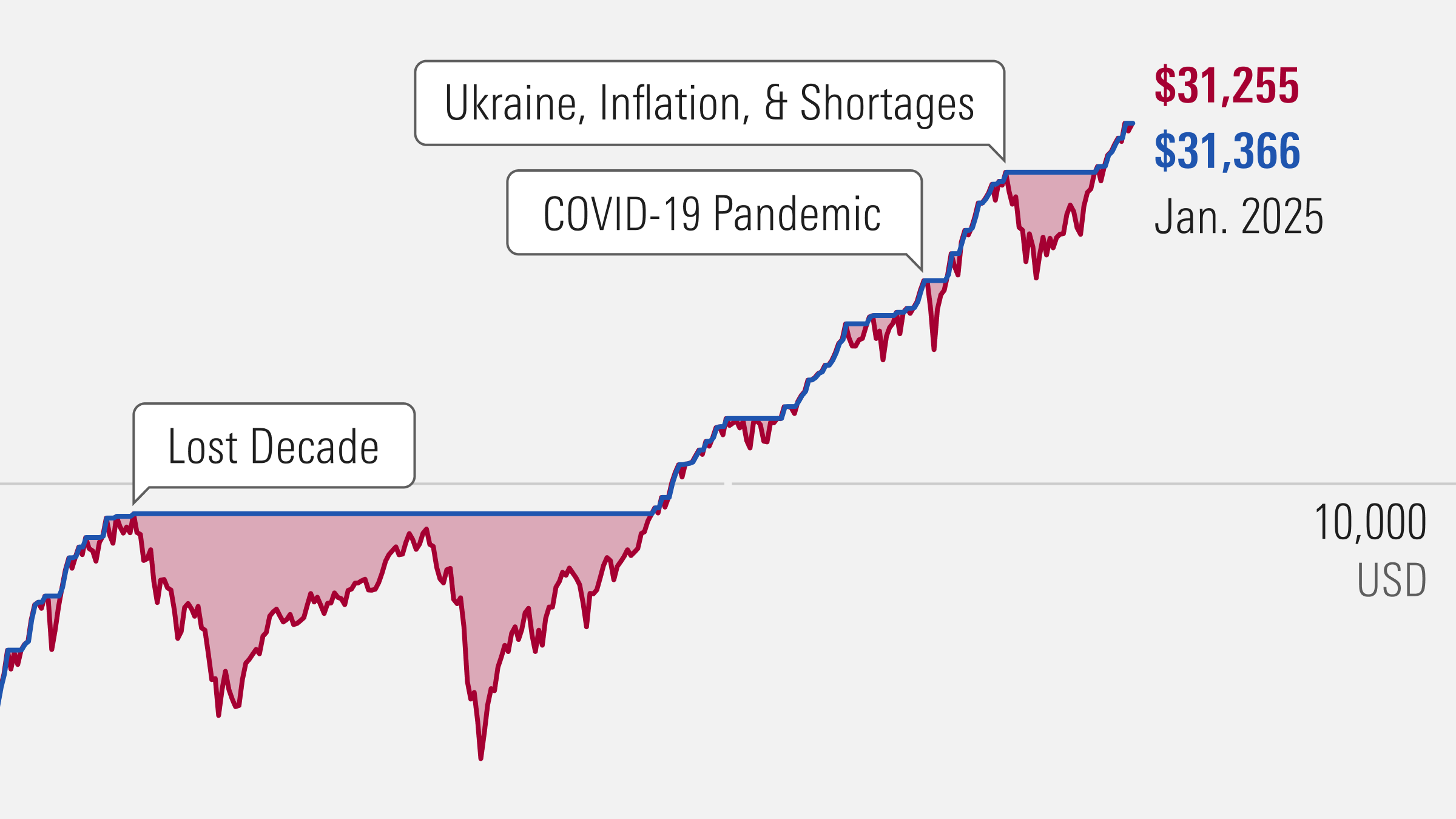This decrease was driven primarily by continued outages across the company’s Alunorte, Paragominas, and Albras facilities, each of which is running at 50% of capacity. Higher input costs provided an added headwind, which was offset by materially higher spot prices for alumina and aluminum.
The Alunorte facility, which is the largest alumina refinery in the world, has been partially down since the end of the first quarter. Production cuts were mandated by a judicial order based on the report of a toxic leak at the facility. Whereas management initially expected that the outage would be temporary, it persists as the company contends with various regulatory authorities in Brazil. The updated guidance provided by management is that production will be restored between October and the middle of 2019.
This revised expectation has led us to lower our forecast for 2018 alumina shipments. We also lowered our operating margin assumption for the bauxite and alumina segment due to elevated input costs, with higher prices resulting from tightness in the market serving as an offset. In the long term, we are cautious about prospects for Chinese aluminum demand growth. As the economy shifts from an investment-led growth model to consumption-led, fixed-asset investment growth will slow, weighing on aluminum demand.
This bearish outlook is reflected in our operating margin forecasts. Whereas adjusted operating margins averaged roughly 10% over the past five years, we assume a decrease to 6.5% in a midcycle environment. This compares with a 12% operating margin for 2017.






















